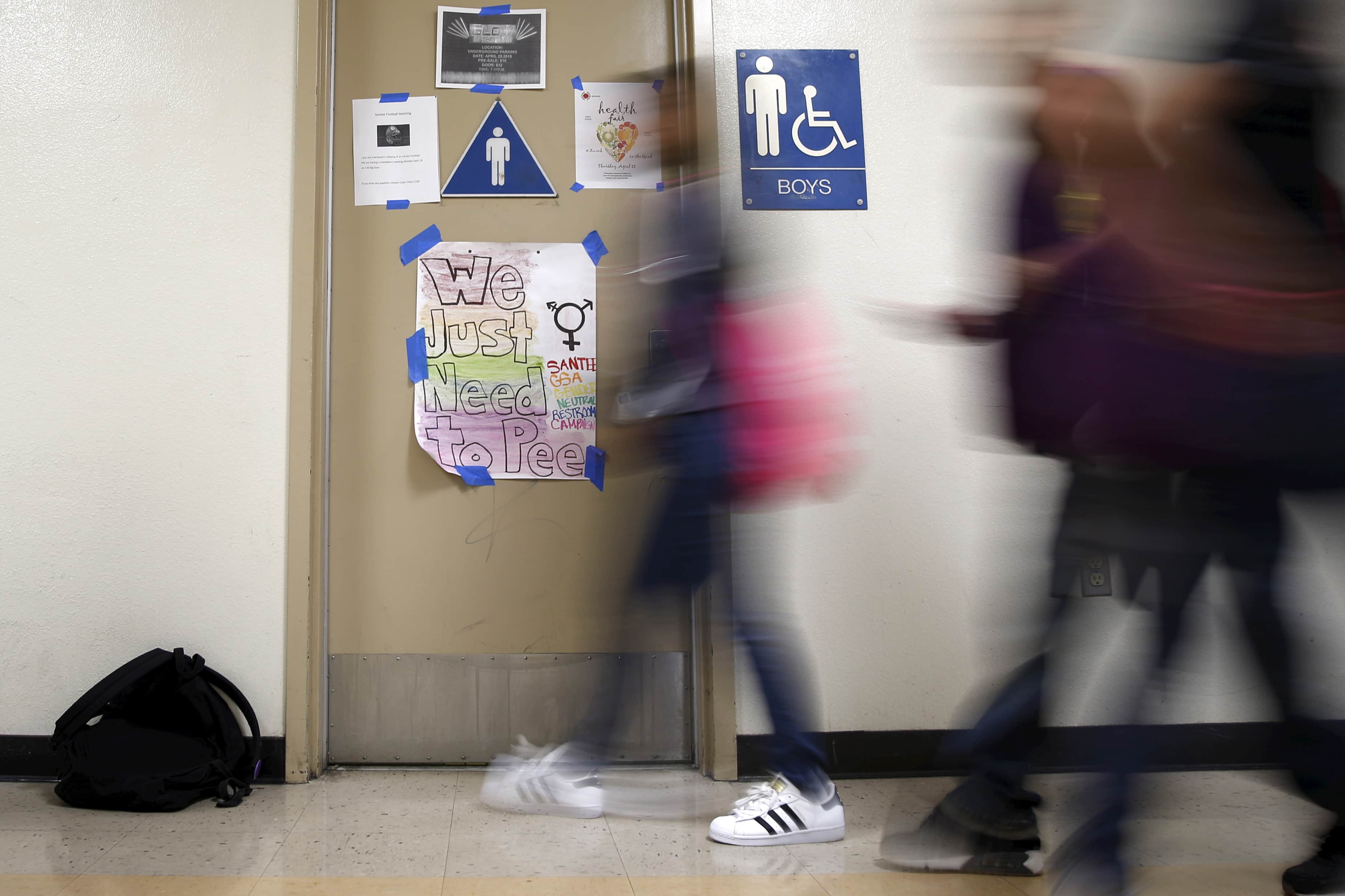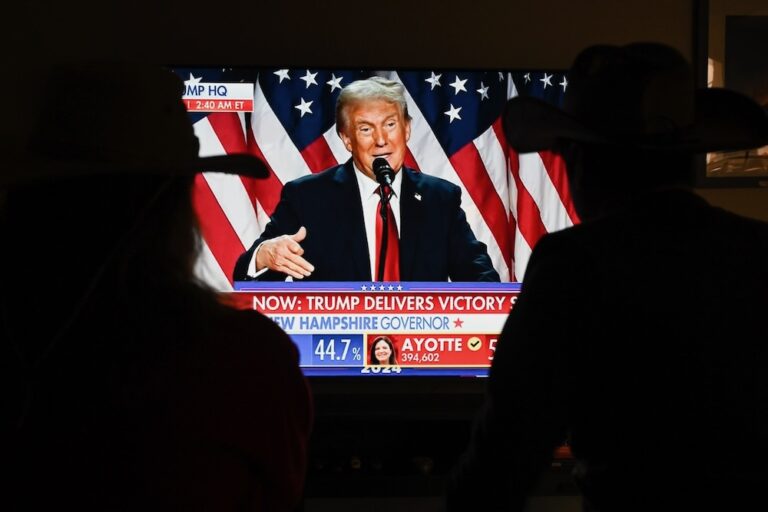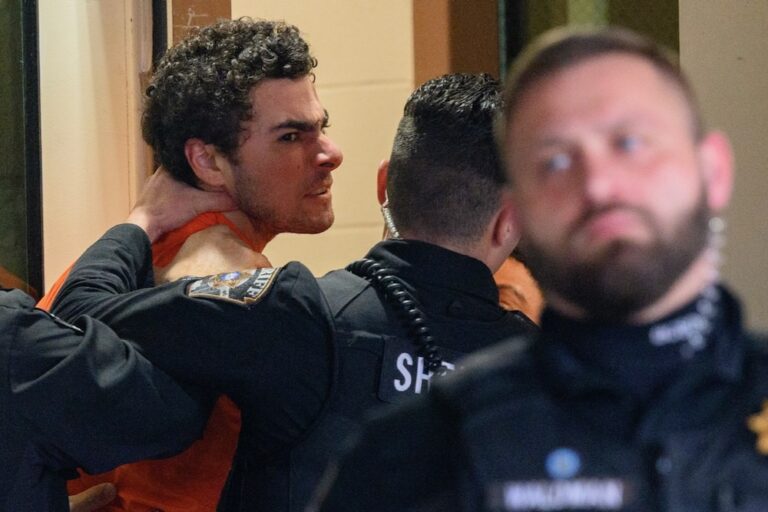For many LGBT students, looking or acting "gay" remains a recipe for discrimination, censorship and isolation.
This statement was originally published on hrw.org on 7 December 2016.
Many schools across the United States remain hostile environments for LGBT students despite significant progress on LGBT rights in recent years, Human Rights Watch said in a report released today. Measures to improve student safety and inclusion are urgently needed at all levels of government.
The 106-page report, “’Like Walking Through a Hailstorm’: Discrimination against LGBT Youth in US Schools,” documents a range of problems facing LGBT students. The concerns include bullying and harassment, exclusion of LGBT topics from school curricula and resources, restrictions on LGBT student groups, and discrimination and bigotry from both classmates and school personnel on the basis of sexual orientation and gender identity.
“Too many US schools are hostile environments for LGBT kids, and not only because they can’t use the appropriate bathrooms or locker room,” said Ryan Thoreson, a fellow in the LGBT Rights Program at Human Rights Watch. “In every state we visited, we heard stories of students who were insulted, cyber-bullied or attacked, and teachers who allowed discrimination and harassment because they see it as normal behavior.”
Human Rights Watch conducted in-depth interviews and discussions with more than 350 students and 145 parents, teachers, administrators, and service providers in Alabama, Pennsylvania, South Dakota, Texas, and Utah. None of the five states examined have anti-bullying or anti-discrimination laws that expressly protect LGBT youth, and three of them – Alabama, Texas, and Utah – have laws that deliberately restrict schools’ ability to include discussions of LGBT topics in classes and curricula. LGBT students described how these laws, often combined with harmful school policies, exposed them to harassment and violence, restricted their access to information and their freedom of expression, and singled them out for discriminatory treatment.
Human Rights Watch explored the many forms that anti-LGBT bullying takes, including physical violence, sexual assault, verbal harassment, cyberbullying, and exclusion. In many instances, teachers did not intervene, and in some cases educators participated in the harassment.
“My biology teacher my freshman year would bring in kids who were wearing short shorts or weird sweaters and say, ‘You’d better take that off, you’re going to look gay,’” said Bianca L., a 16-year-old bisexual girl in Alabama. “But she’d say it in front of the whole class.” Names of students quoted in the report were changed for their protection.
In many schools, discriminatory policies and practices exacerbate the sense of exclusion students face. Human Rights Watch found that teachers are made to fear adverse employment consequences for identifying as LGBT or supporting LGBT students. Students in same-sex relationships are barred or discouraged from attending events as a couple, and transgender students are denied access to facilities, classes, and extracurricular activities because of their gender identity.
Many schools censor discussions about LGBT topics, even as LGBT people and issues have become increasingly visible in public life. Eight US states restrict discussions of LGBT topics in schools, and some school districts in other states impose their own restrictions. These laws and policies send a strong signal to students that being LGBT is abnormal or wrong.
“I remember in middle school, asking about same-sex relationships, and being totally shut down, and being pulled aside by an administrator and told that’s not something we talk about,” said Angela T., a 17-year-old girl in Pennsylvania.
Students in many schools have responded to hostile environments by forming gay-straight alliances (GSAs) and other supportive groups. Human Rights Watch found, though, that students in many schools face significant obstacles when they form and operate these groups, despite clear protections under federal law. The students described being stonewalled, unable to find a faculty sponsor, or prohibited from operating on the same terms as other student organizations.
“People would pound on the GSA doors, people would join to make fun of us, we’d put up posters and they’d get written on and torn down,” said Ethan B., a 16-year-old transgender boy in Texas. “We complained but the administration said they couldn’t do anything.”
Advocacy groups in the five states examined in the report emphasized that rejection by families and classmates leave students with no place to turn. “Too many of the LGBT youth in our community are subject to slurs and jokes, or even physical attacks, that make them feel alone,” said Danielle Wilcox, a board member of the Center for Equality in Sioux Falls. “And as we’ve seen in our youth programming, having a supportive community and access to resources can make a huge difference.”
The Human Rights Watch findings illustrate why it is important for lawmakers across the US to continue working to make schools safer and more inclusive in the upcoming year. In 2016, South Dakota Governor Dennis Daugaard set a positive example, vetoing a bill that would have restricted bathroom and locker room access for transgender students across the state.
“There was no place for discrimination in our state when this bill was proposed by a handful of legislators, and there’s certainly no place for this type of discrimination in our future,” said Libby Skarin, policy director of the ACLU of South Dakota. “Political leaders in South Dakota and beyond should follow the governor’s example and dismiss any efforts to single out already vulnerable transgender students for bullying, harassment, and discrimination.”
Federal, state, and local authorities should take steps to promote safety, well-being, and access to education in schools, Human Rights Watch said. States should pass laws expressly aimed at combating bullying against LGBT youth, repeal discriminatory laws that restrict teachers from discussing LGBT topics, and pass employment protections for LGBT teachers. Local school districts should revise policies to curb bullying and discrimination, provide resources and support for LGBT students, and foster environments in which all children feel included and are able to learn.
“Keeping youth safe isn’t a partisan issue, and Melania Trump’s pledge to address cyberbullying is one example of that,” Thoreson said. “In the months ahead, we hope that the incoming administration, including secretary-designate Betsy DeVos, will take meaningful steps to ensure that LGBT kids, like any other kids, can get the education and support that they deserve in our schools.”



